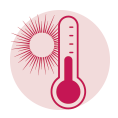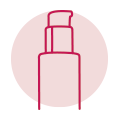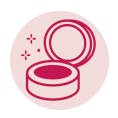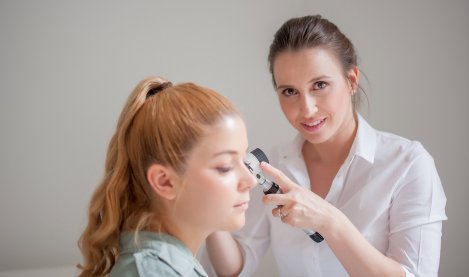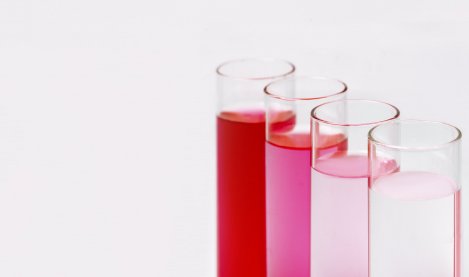Daily advices
How to get comfortable in your red skin : misconceptions and considerations
When people see red skin on a face, they can jump to all kinds of conclusions about what caused it and how to care for it. Here we provide a few simple reminders of good and bad actions when it comes to caring for your red skin on a daily basis.



